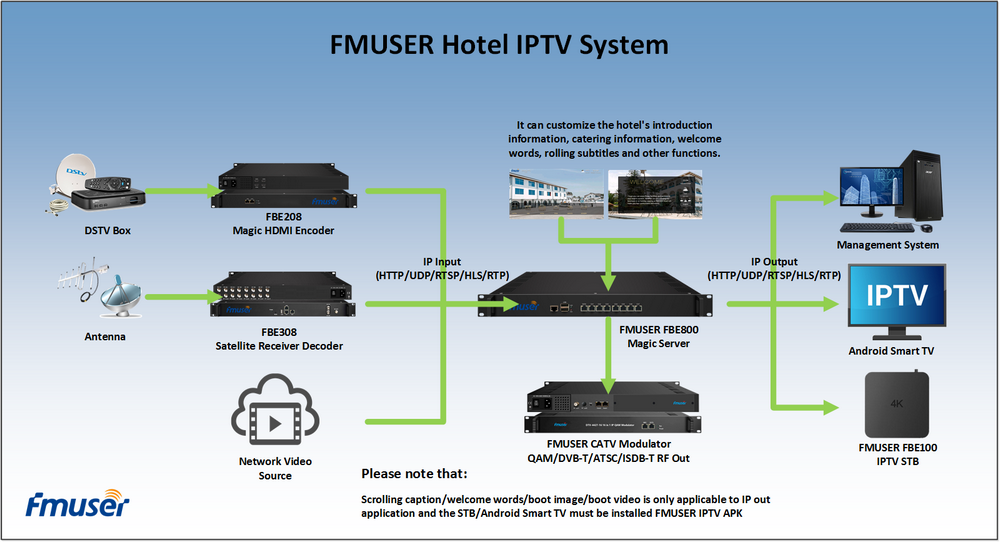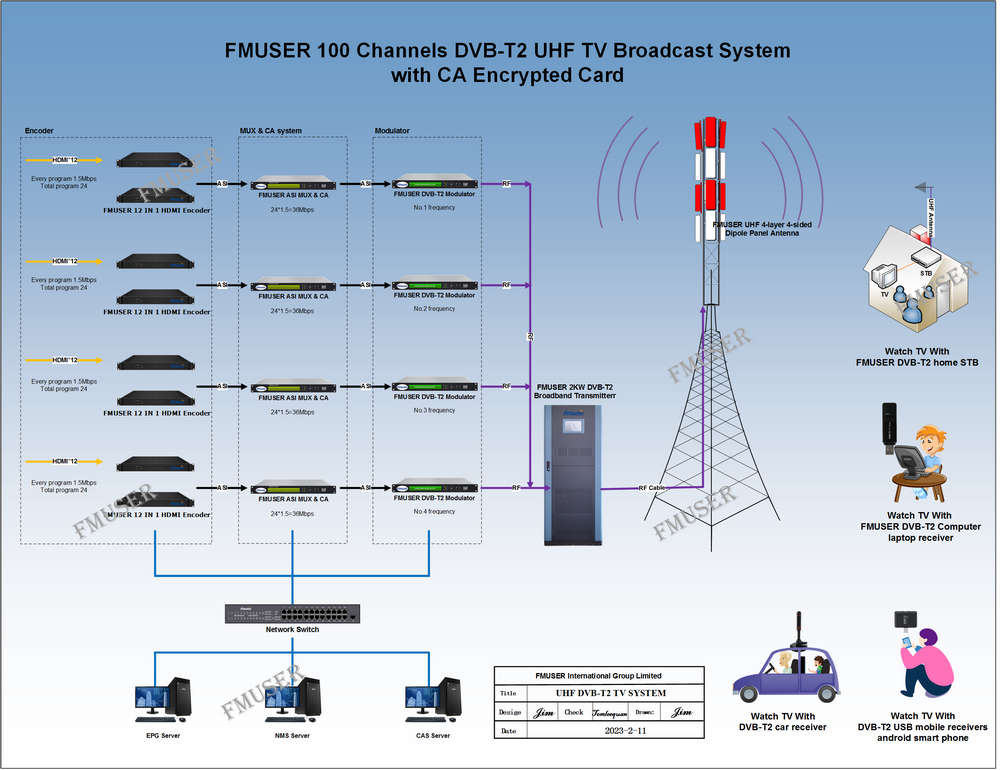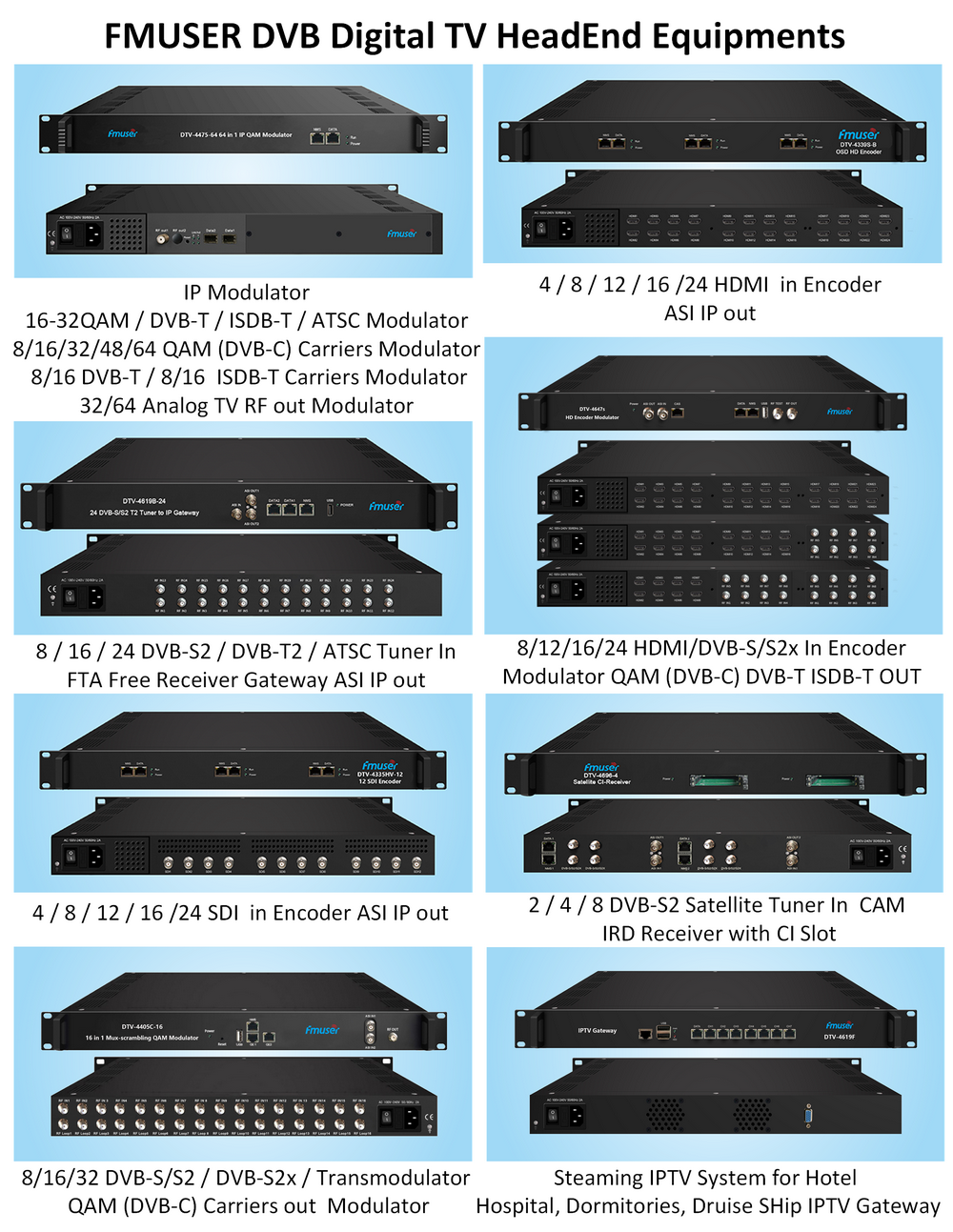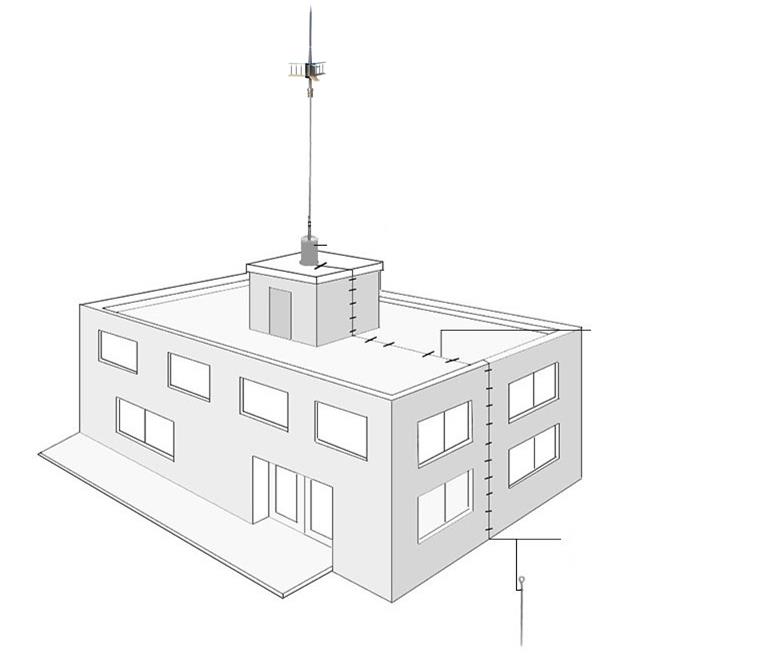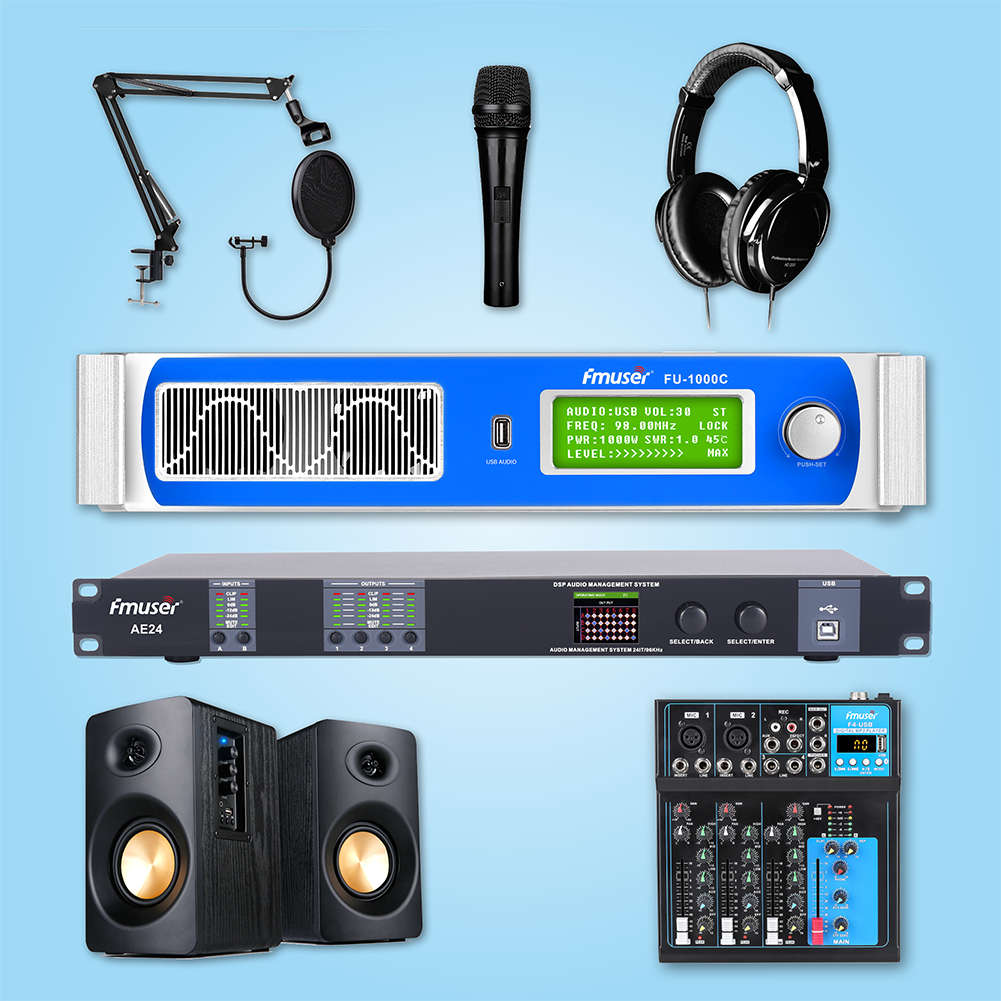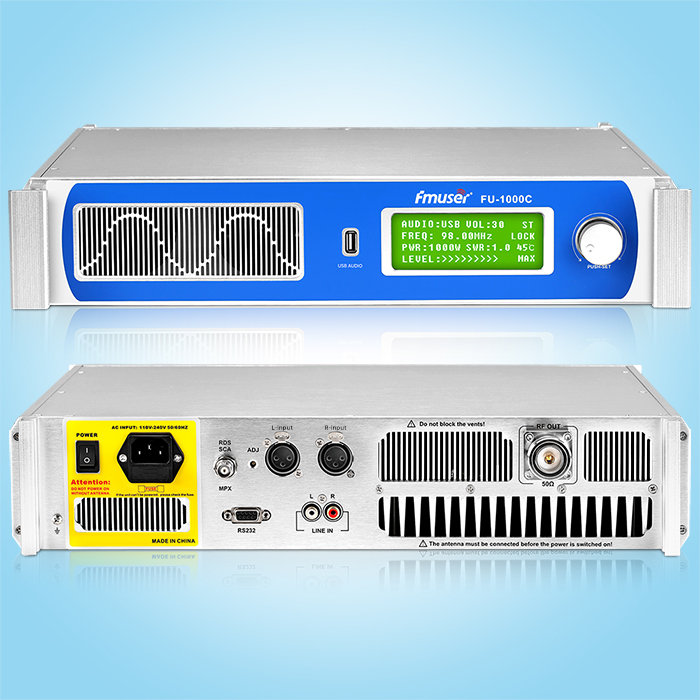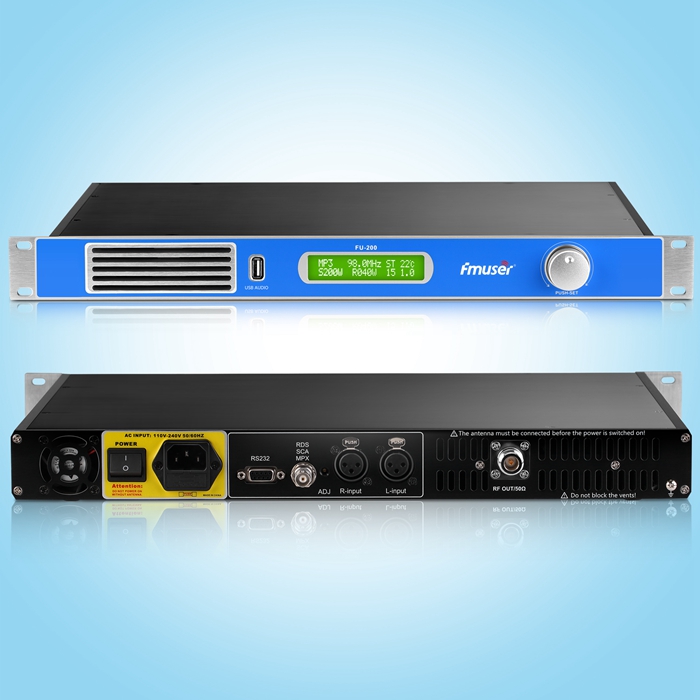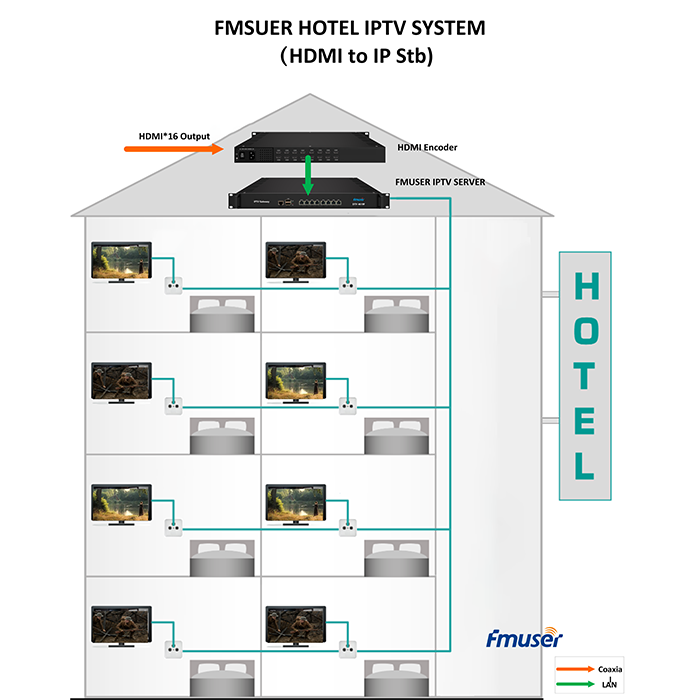See the title of the article, there may be many readers will have doubts, why do you have so basic technical articles? A few days ago, this site published an article "Inspiration Q value to the influence of RF Ballen (Balun), which has dropped to the importance of inductance in the design of RF circuit design. In fact, recalling a lot of product design, the more basic problems, the more it is worth noting, so the author intends to share this article with the reader.
Inductance INDUCTANCE
The characteristic of the inductor is to suppress the mutation of current flowing through inductance. The inductance of the inductor will be affected by the material of the core, the shape of the core, the size of the wound, and the shape of the coil. The inductance of the inductor is usually expressed in a micro (μH). The following tables can be used to convert the unit of the electrical value into a micrometer. therefore,
1 Henry (h) = 106 μH
1 Millihenry (MH) = 103 μH
1 microhenry (μH) = 1 μH
1 nanohenry (NH) = 10-3 μH
DC impedance DCR (DC RESISTANCE)
The resistance value of the inductor coil in the amount of non-AC electricity. In the inductance design, the smaller the DC impedance, the better the measurement unit is ohmic, usually labeled its maximum.
Saturated current Saturation Current
Defined to flow in the inductor, causing an inductance to drop a specific amount of DC bias current. The value dropped in inductance is calculated from the inductance amount of the DC current to zero. Usually defined inductance fell by 10% and 20%.
In the application of storage energy, the inductance decrease in the inductance of the ferrite core is required to be 10% and the amount of inductance decrease in the powder magnetic core is 20%.
Therefore, the factors that the DC bias current is caused to decrease the magnetic core of the magnetic core. The space around the core and magnetic heart can only store a certain amount of magnetic energy. After the maximum magnetic flux density point, the magnetic magnetic rate of the magnetic core will be lowered.
Therefore, the inductance value will result in a decline. Hollow inductance does not have a problem with magnetic core saturation
Incremental current incremental currental currental Current
This current causes the inductance to decrease by 5% compared to the inductance of the inductor. This current intensity illustrates that the inductance value will drop rapidly under the continuous increased DC bias. This result is suitable for ferrite magnetic core, but is not suitable for powder magnetic core. The powder magnetic core has "soft" saturation characteristics, meaning under the higher DC bias, its inductance is reduced by the alleviation of the ferrioxide core. At the same time, the rate of inductance value is also related to the shape of the core.
Rated current Rated current
Allows the continuous DC current intensity through an inductor. It means that the inductor is in an environment of rated maximum ambient temperature, and when the inductor temperature rise, the size of the DC current can be continuously flowing. The rated current is related to the ability to reduce the power consumption of the windings by a low DC resistance. It is also related to the power of the power consumption of the winding of the windings.
Therefore, the size of the DC resistance or increase the inductor can increase the rated current. For low frequency current waveforms, the rated DC current can be replaced with a valid value current. The rated current is independent of the magnetic properties of the inductor.
Magnetic Rate Permeability (CORE)
The magnetic magnetic rate of the magnetic core is the characteristic of the ability of the magnetic core with the concentrated flux line. The material of the core and the shape of the magnetic core will affect the "effective magnetic magnetic rate" of the magnetic core. For a known core shape, size, and material and specific windings, the magnetic material with higher magnetic magnetic permeability is compared to the material of the lower magnetic magnetic permeability, there will be a high inductance value.
Self-harmonic frequency SRF (Self-Resonant Frequency)
The distribution capacitance in the inductor and the frequency of the inductor form a resonance. The inductance of the inductor is equal to the capacitance of the capacitor and cancels each other. When the inductance is in a self-harmonious frequency point, the pure resistance state of the high impedance value is displayed.
The distributed capacitance is formed by laying a layer of layers of the coils and is formed on a magnetic center. This capacitor is in parallel. This is the characteristic of the component when the frequency is higher than the self-harmonic frequency.
Moreover, the mass coefficient of this inductor is zero at a self-harmonic frequency, and the sensing resistance is equal to zero. The self-harmonic frequency is labeled in MHz and is listed in the data table of the product.
This parameter is to do RF circuit design needs to be considered.
Distributed capacitance value Distributed Capacitance
In an inductance structure, the wires of each loop or conductor are actuated by the capacitor plate. Each of the effects of each turn, there is a single capacitance value, called the distribution capacitance value. The distributed capacitor is in parallel with the inductor. The parallel circuit of the inductor and distributed capacitance will generate resonance at a certain frequency, which is called a self-harmonic frequency (SRF). The smaller the distributed capacitance of an inductor, the higher the self-harmonic frequency; the greater the distribution capacitance, the lower it.
Quality factor Q
The mass coefficient of the inductor is an indicator of a relative loss of an inductance. This Q value is called "quality factor", which is defined as the ratio of the induced resistance (XL) on the effective resistance (RE), as shown below:
Q = frac {xl} {re} = frac {2πfl} {re}
Because the sensing and effective resistance are related to the frequency, a test frequency is required when determining the quality coefficient. At low frequencies, the increase in the induced resistance is generally larger than the rate of increased frequency than the effective resistance, and it is faster when high frequency. Therefore, the quality coefficient is a one-stop curve on the relationship between the frequency. The effective resistance is mainly caused by the DC resistance of the windings, the core loss, and the skin effect. It can be seen from the formula of the above, and the mass coefficient of the compaction is zero because the inductance value at this time is zero.
The Q value is also the need for RF circuit design.
Impedance Impedance
An inductance impedance value refers to a sum of all impedances under current, contains some of the AC and DC, and the impedance value of the DC part is only the DC resistance of the winding, and the impedance value of the AC part includes inductance. Reactance.
The following equation is used to calculate an ideal inductor (no energy loss) in a sine wave communication signal:
Z = XL = 2πfl
The unit of l is Henry and F is Hertz. This equation explains that a higher impedance value can be obtained from a higher inductance value or at higher frequencies, in addition, skin loss will also increase an inductor Impedance value.
Operating temperature range Operating Temperature Range
The metabial components can continue to operate the overall ambient temperature range, the operating temperature range is different from the storage temperature, because the operating temperature range includes the heat power consumption of the components itself, the thermal power consumption is equivalent to copper loss, the formula is calculated as follows:
Power = (DCR) (I2DC)
Maximum operating temperature = storage temperature - self temperature rise
Power consumption causes the metaded self temperature than the ambient temperature. Therefore, the maximum operating temperature range should be lower than the maximum storage temperature. Read more
Our other product:


